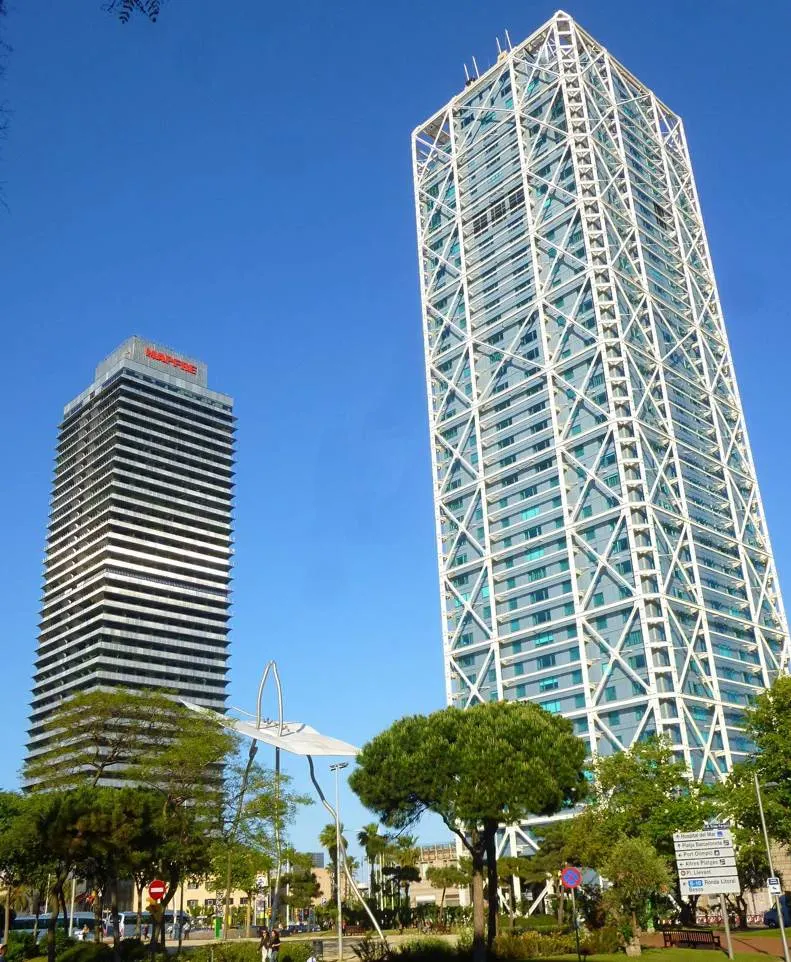High-Tech architecture is an architectural style that emerged in the 1960s. It’s also known as “Structural Expressionism” and this term reveals a lot about it.
It’s one of the many variations of modern architecture that has the aim to highlight the structural elements of a building on both the interior and exterior.
The name of the style is derived from high-tech technology, a term used to describe the highest advancements of technology at the time.
The choice of aluminum, glass, and steel as the main building blocks of a structure allows architects to convey the underlying design. This makes High-Tech buildings extremely fascinating.
Some of the most renowned architects in history have integrated High-Tech architecture into their designs, including Fazlur Rahman Khan, Sir Norman Foster, Renzo Piano, and Santiago Calatrava, to name just a few.
In this article, you’ll discover some of the stunning examples of High-Tech buildings from all around the world.
1. Centre Pompidou – Paris, France
The Centre Pompidou is officially known as the “Centre national d’art et de culture Georges-Pompidou” and is without a doubt the best example of a high-tech building in the world. This incredible structure in Paris houses several cultural venues, including the “Musée National d’Art Moderne,” the large museum dedicated to modern art in Europe.
The building was designed by a team of architects including Renzo Piano and Richard Rogers who were still at the start of their careers in the early 1970s. It’s characterized by the fact that several structural elements such as pipes and tubes are located on the exterior of the structure. Visibly including mechanical systems is a key characteristic of High-Tech architecture.

2. John Hancock Center – Chicago, United States
The John Hancock Center is an amazing skyscraper in Chicago, Illinois. Today, this famous landmark in Chicago is known as 875 North Michigan Avenue, a reference to its location on the so-called Magnificent Mile in the city. It’s one of the masterpieces of Fazlur Rahman Khan who also designed the Willis Tower in the city.

The building stands 344 meters (1,128 feet) tall which makes it the fifth-tallest building in Chicago today. The design is dominated by the X-braced exterior which emphasized the tubular setup of the core structure. This makes it one of the most remarkable examples of Structural expressionist architecture in the world.

3. The Gherkin – London, United Kingdom
The Gherkin is the common name of a building in London that is officially known as “30 St Mary Axe.” Although this distinctive skyscraper in London incorporates another architectural style such as Neo-Futurism as well, it can be classified as a high-tech building. That’s due to the presence of structural elements on the exterior of the building.
The office tower stands 180 meters (591 feet) and was constructed on the location of the former Baltic Exchange between 2001 and 2003. It has since become one of the most fascinating landmarks in London and an icon of the city.
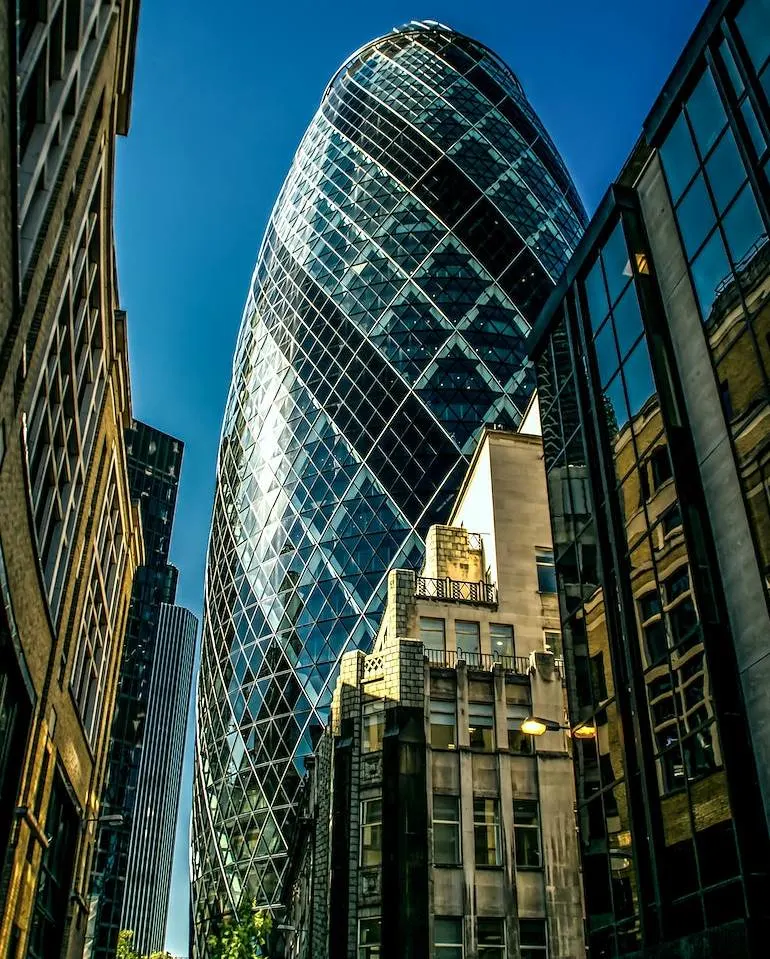
4. Internationales Congress Centrum – Berlin, Germany
The Internationales Congress Centrum Berlin is commonly referred to as ICC Berlin and is an immense building in Berlin. This immense structure was completed in 1979 and it’s still one of the largest conference centers in the world today.
The building has a length of 320 meters (1,049 feet), a width of 80 meters (262 feet), and a height of 40 meters (132 feet), and is renowned for its stunning high-tech design. Unfortunately, a lot of the toxic substance asbestos was used to build the conference center. Removing it started in 2014 and is yet to be finished and the budget of 259 million euros will not be sufficient.
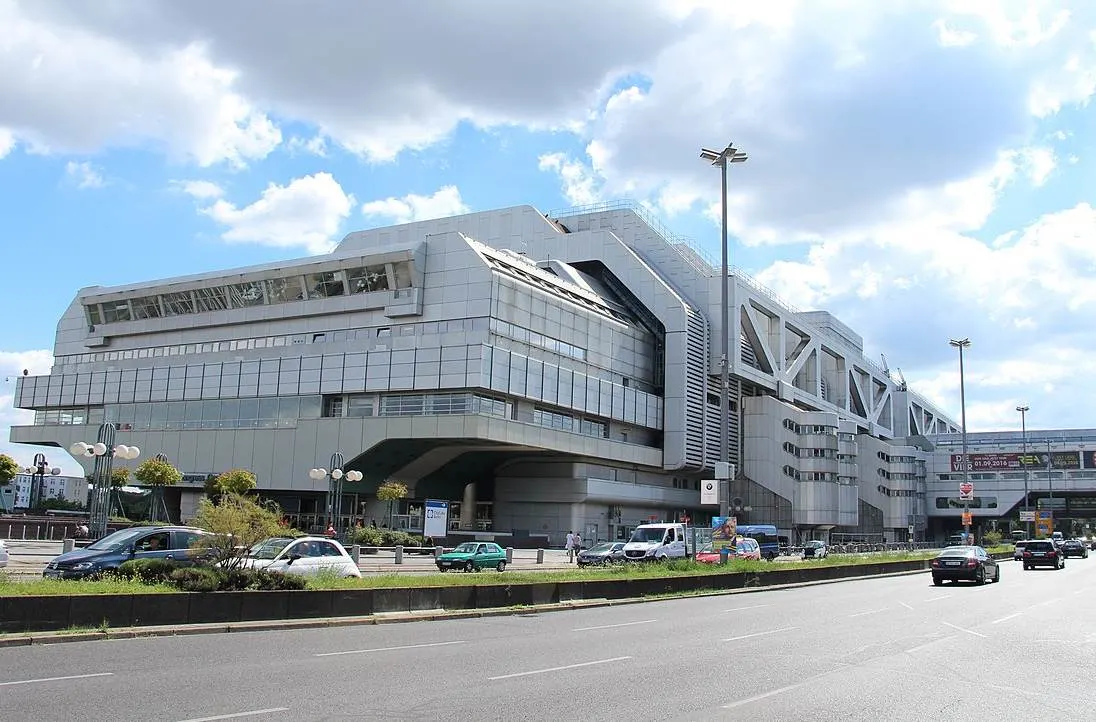
5. Marquette Plaza – Minneapolis, United States
Marquette Plaza is a building in Minneapolis that is located in the downtown area of the city. It served as the Federal Reserve Bank of Minneapolis between 1973 and 1997 and is therefore sometimes referred to as the “Old Federal Reserve Building.”
The design and structural plan of the structure resembles that of a suspension bridge. The cables that you see dangling on the exterior of the building are structural elements that help to support this immense office tower. Despite this innovative design, a renovation project of $65 million was required in the early 21st century to solve multiple problems.
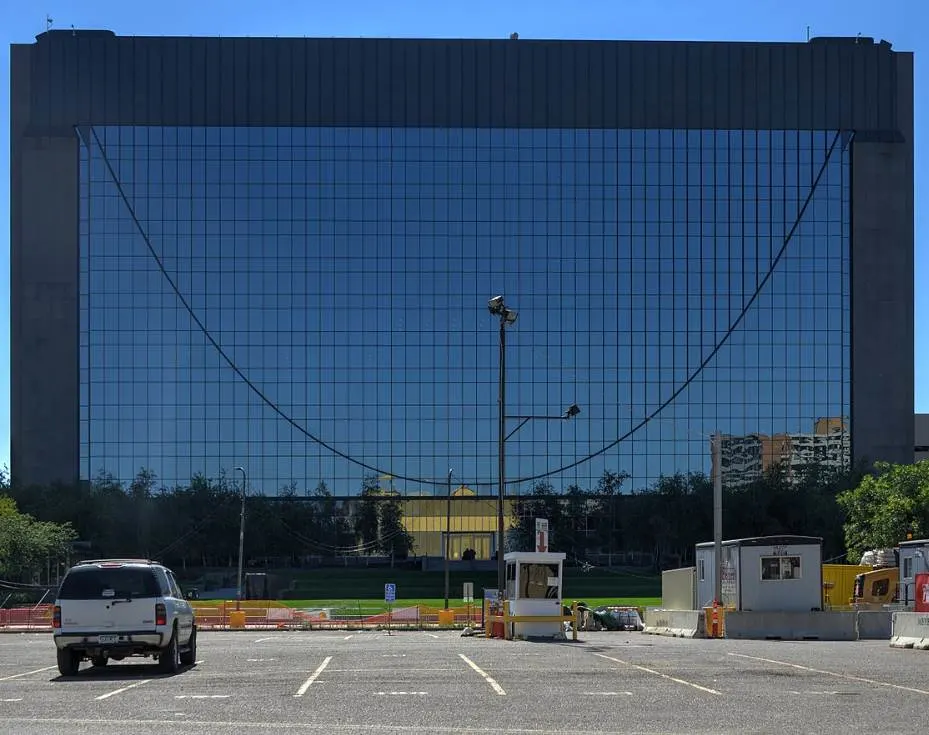
6. Lloyd’s Building – London, United Kingdom
The Lloyd’s building is a fascinating skyscraper in London that serves as the headquarters of the insurance company of the same name. The location of this incredible High-Tech building in Lime Street was once occupied by a Neoclassical building called the East India House.
The design of the structure is sometimes referred to as a prime example of Bowellism. This style is a radical version of High-Tech architecture in which most of the structural elements of the building are located on its exterior. Richard Rogers, who also worked on the Centre Pompidou, designed this remarkable landmark.
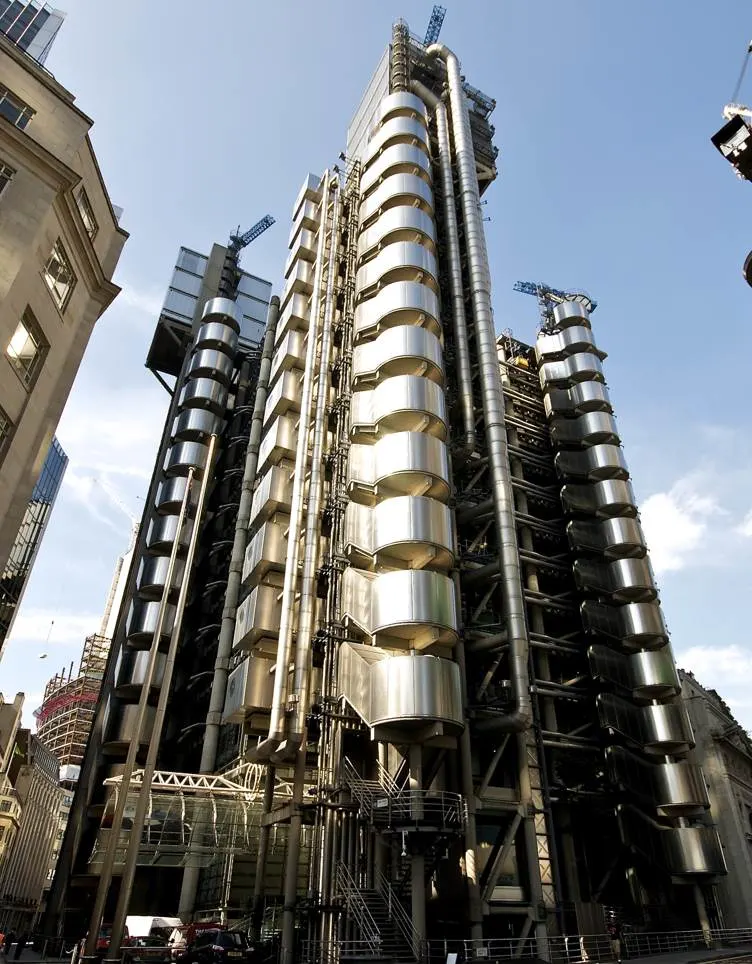
7. HSBC Building – Hong Kong
The HSBC Building is a building in Hong Kong that serves as the headquarters of The Hongkong and Shanghai Banking Corporation. It’s located in the heart of the city on Statue Square. It occupies a plot near the location of the Old City Hall which was completed in 1869 but demolished in 1933.
What’s remarkable is that this area was occupied by three former headquarters of HSBC, starting with Wardley House in 1865. The current building was designed by renowned British architect Norman Foster and completed between 1983 and 1985. It stands 178.8 meters (586.6 feet) and is the epitome of a so-called “suspended structure.”
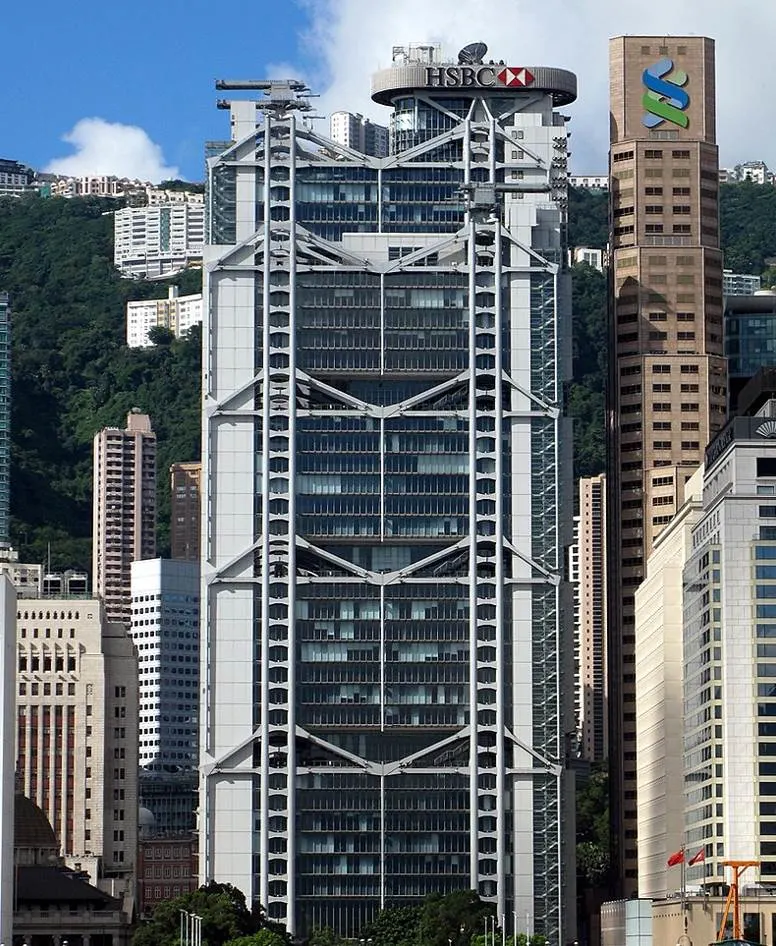
8. Sainsbury Centre for Visual Arts – Norwich, United Kingdom
The Sainsbury Centre for Visual Arts is a large arts center located on the campus of the University of East Anglia in Norwich. It features both an art gallery and a museum and it was completed between 1974 and 1978 in the distinctive structural expressionist architectural style.
What’s amazing about this building is that it was one of the first major projects that Sir Norman Foster was involved in. He already completed the Willis Building in Ipswich in 1974 and worked on this project after. His first commission is now a Grade I listed Building which was inspired by the Daily Express Building in Manchester.

9. Hearst Tower – New York City, United States
The Hearst Tower is a famous skyscraper located near Columbus Circle in Midtown Manhattan. It’s one of the most distinctive skyscrapers in New York City and serves as the headquarters of the worldwide media company Hearst Communications.
What’s fascinating about this NYC landmark is that the upper section was constructed on top of an Art Deco building that was completed in 1928. This office tower stands 182 meters (597 feet) tall. It’s yet another building that was designed by Sir Norman Foster and was completed in 2006.
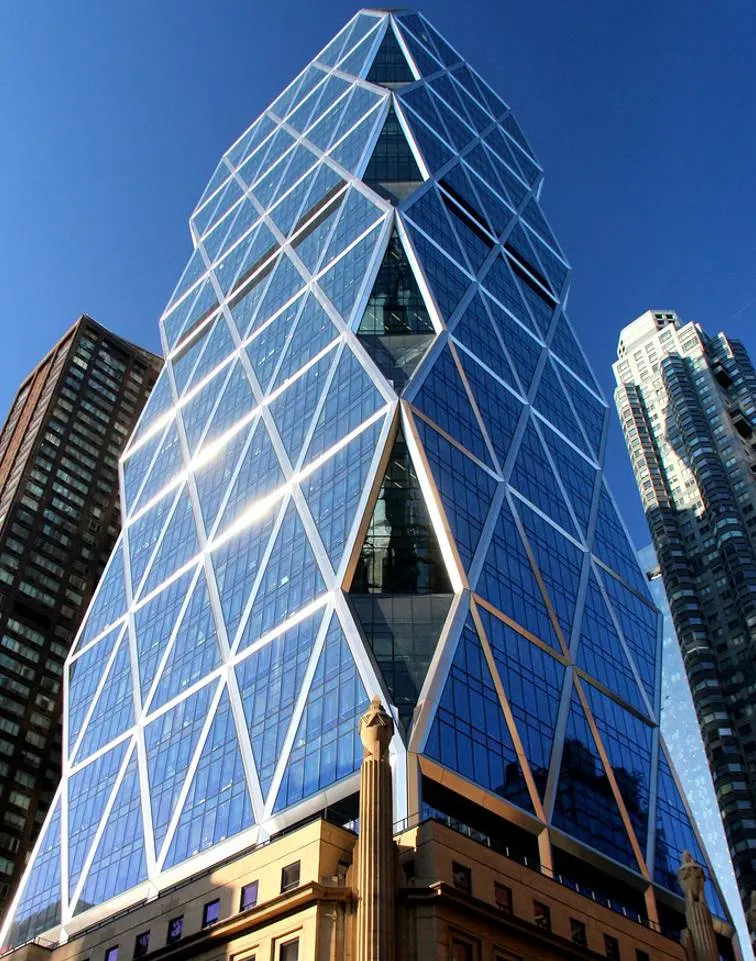
10. Hotel Arts – Barcelona, Spain
If you want to admire High-Tech architecture from the interior of a building then you can stay at Hotel Arts, one of the most amazing landmarks in Barcelona. This amazing hotel is located on the seafront of the city and was completed between 1992 and 1994.
The structural expressionist building was designed by Peruvian-American architect Bruce Graham who collaborated with Skidmore, Owings & Merrill for this project. This hotel features 44 floors of luxury rooms and stands 154 meters (505 feet) tall.
